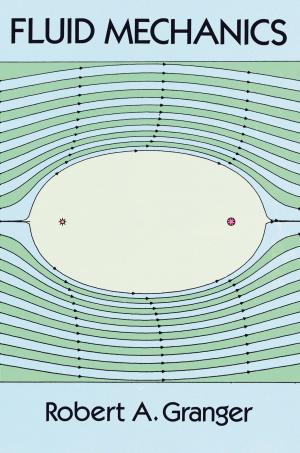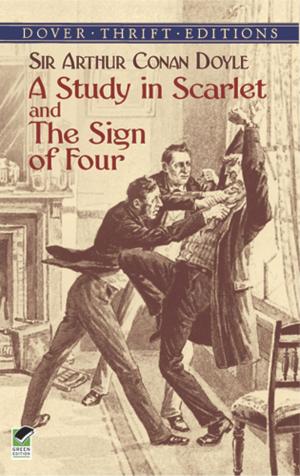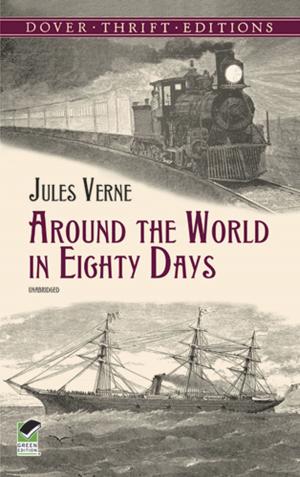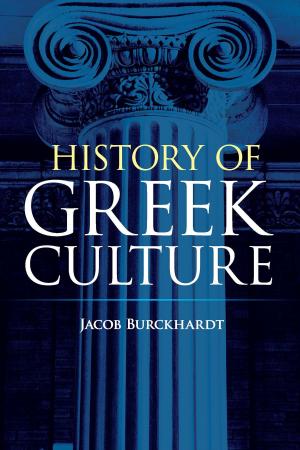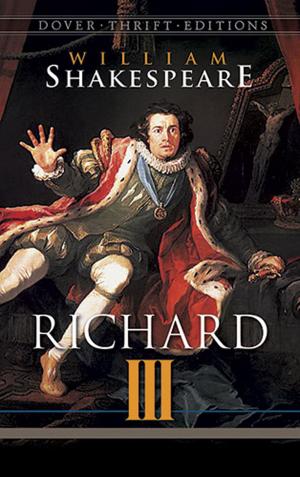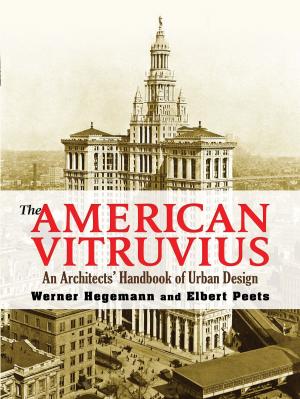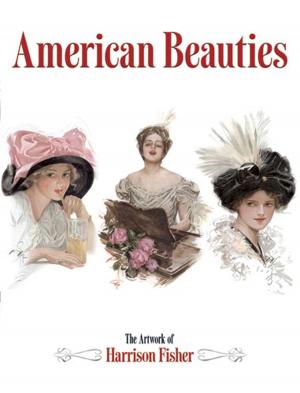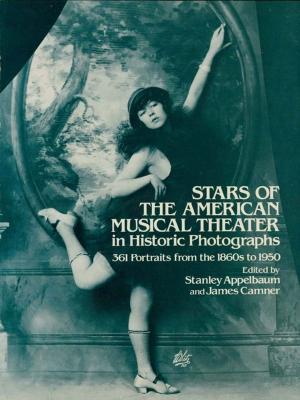Treasury of Traditional Stained Glass Designs
Nonfiction, Home & Garden, Crafts & Hobbies, Glass & Glassware, Art & Architecture, General Art, Clip Art| Author: | Ann V. Winterbotham | ISBN: | 9780486136424 |
| Publisher: | Dover Publications | Publication: | March 8, 2012 |
| Imprint: | Dover Publications | Language: | English |
| Author: | Ann V. Winterbotham |
| ISBN: | 9780486136424 |
| Publisher: | Dover Publications |
| Publication: | March 8, 2012 |
| Imprint: | Dover Publications |
| Language: | English |
Stained glass windows have for centuries adorned spectacular churches, massive government buildings, and stately homes of the well-to-do. But during the Victorian era, stained glass was increasingly used as an integral part of the design of middle-class, single-family homes. This impressive volume is the largest collection of stained glass designs from actual windows. All of the nearly 400 designs can be characterized as traditional and domestic; they are copied from windows in residences and do not include any religious work. They are secular in motif and richly varied in design. As all designs are from actual windows, the practicality of their craft is assured.
The development of popular stained glass in many ways parallels the larger art movements of the era. Victorian windows often have a double border — the outer clear, the inner ruby red or, less commonly, blue. The geometric designs based on circles, squares, and triangles are pale tints of subtle colors: olive green, ochre, yellow, amber, pink, mauve, light blue. In many of these windows, the geometric borders are augmented by birds, flowers, berries, and leaves in dark, rich tones of red and green as the central illustration.
As the Victorian era gave way to the Edwardian, one sees an increase of yellows and opaques accompanied by a wider range of textures and relief patterns. Victorian windows are usually all color, whereas the Edwardian approach emphasized brighter rooms and so used clear glass, making for a rich and sparkling play of contrasting textures. In late Victorian and Edwardian windows, hints of Art Nouveau curves and ovals soften earlier geometry. The influence of Art Deco revived the popularity of geometric designs in the 1920s and '30s. These recent works however, have a more accentuated diagonal, vertical, and horizontal style and make use of clear, bright colors.
This stunning and comprehensive collection of popular stained glass designs will be invaluable to students of the craft, architectural historians, and many graphic artists as a rich and varied source of design and ornamentation that can be directly applied to the most modern graphic challenges. By accurately rendering hundreds of stained glass windows, graphic artist and designer Ann Winterbotham has saved for posterity many fine designs that will soon fall prey to the ravages of time or the wrecker's ball.
Stained glass windows have for centuries adorned spectacular churches, massive government buildings, and stately homes of the well-to-do. But during the Victorian era, stained glass was increasingly used as an integral part of the design of middle-class, single-family homes. This impressive volume is the largest collection of stained glass designs from actual windows. All of the nearly 400 designs can be characterized as traditional and domestic; they are copied from windows in residences and do not include any religious work. They are secular in motif and richly varied in design. As all designs are from actual windows, the practicality of their craft is assured.
The development of popular stained glass in many ways parallels the larger art movements of the era. Victorian windows often have a double border — the outer clear, the inner ruby red or, less commonly, blue. The geometric designs based on circles, squares, and triangles are pale tints of subtle colors: olive green, ochre, yellow, amber, pink, mauve, light blue. In many of these windows, the geometric borders are augmented by birds, flowers, berries, and leaves in dark, rich tones of red and green as the central illustration.
As the Victorian era gave way to the Edwardian, one sees an increase of yellows and opaques accompanied by a wider range of textures and relief patterns. Victorian windows are usually all color, whereas the Edwardian approach emphasized brighter rooms and so used clear glass, making for a rich and sparkling play of contrasting textures. In late Victorian and Edwardian windows, hints of Art Nouveau curves and ovals soften earlier geometry. The influence of Art Deco revived the popularity of geometric designs in the 1920s and '30s. These recent works however, have a more accentuated diagonal, vertical, and horizontal style and make use of clear, bright colors.
This stunning and comprehensive collection of popular stained glass designs will be invaluable to students of the craft, architectural historians, and many graphic artists as a rich and varied source of design and ornamentation that can be directly applied to the most modern graphic challenges. By accurately rendering hundreds of stained glass windows, graphic artist and designer Ann Winterbotham has saved for posterity many fine designs that will soon fall prey to the ravages of time or the wrecker's ball.


